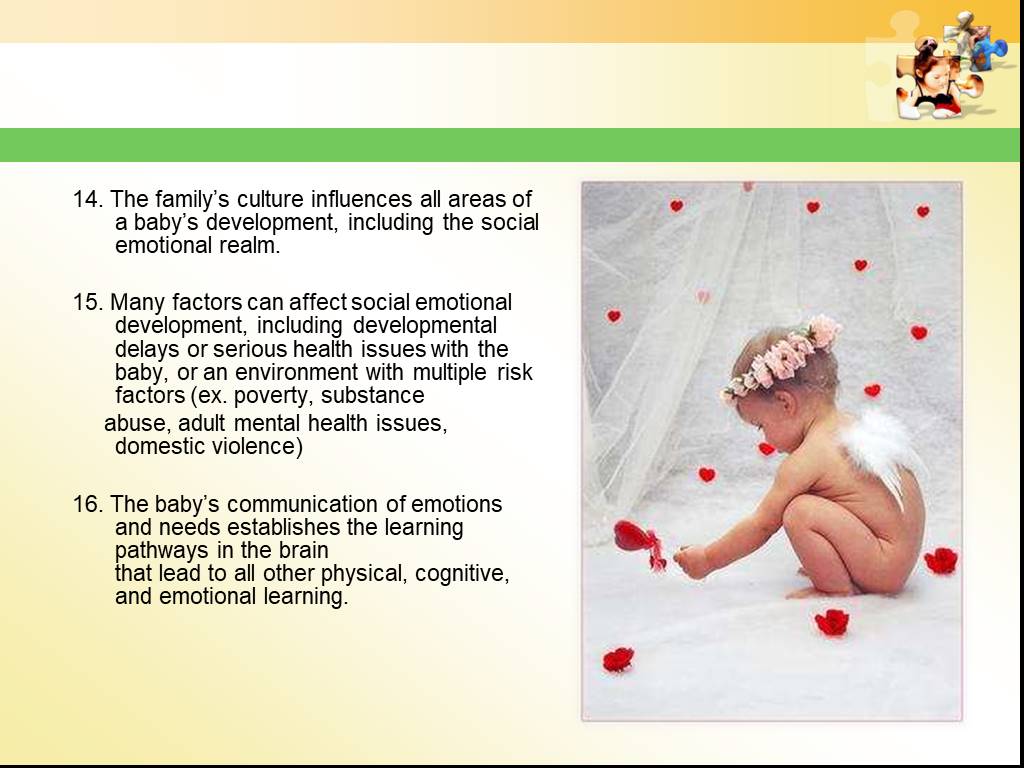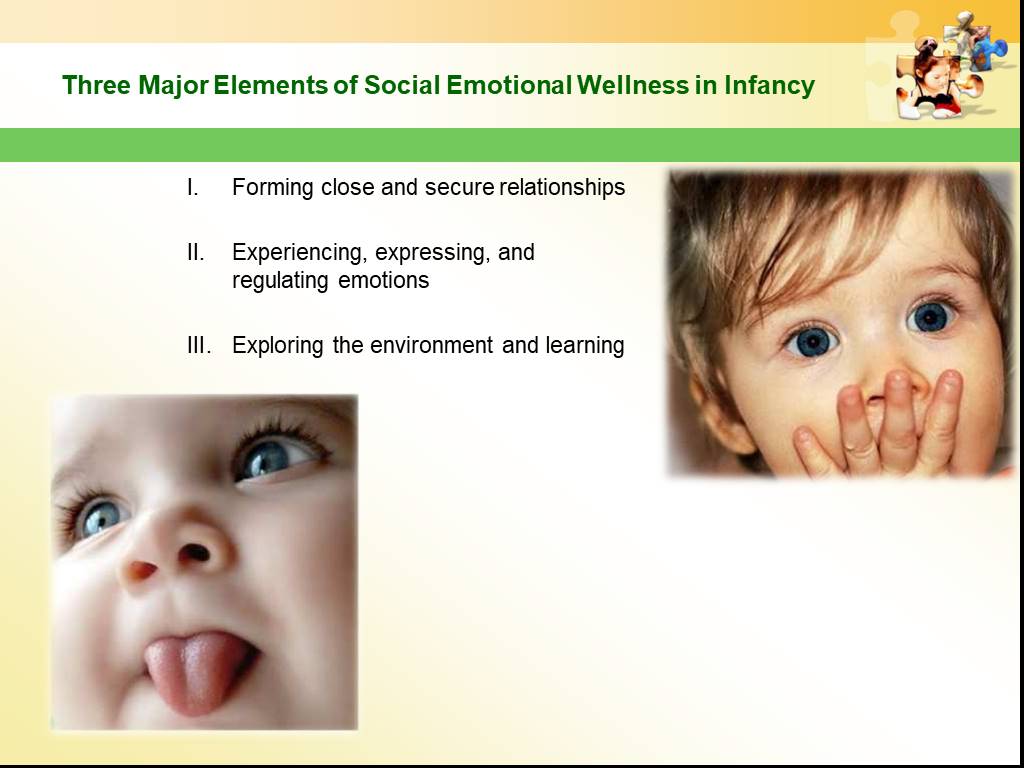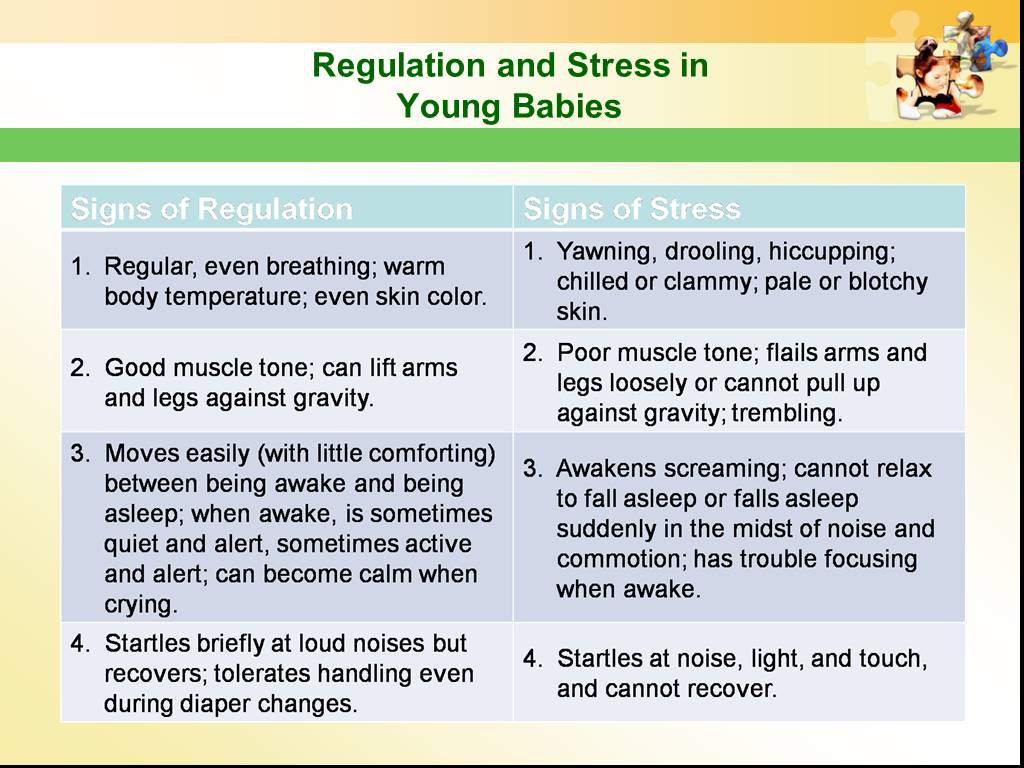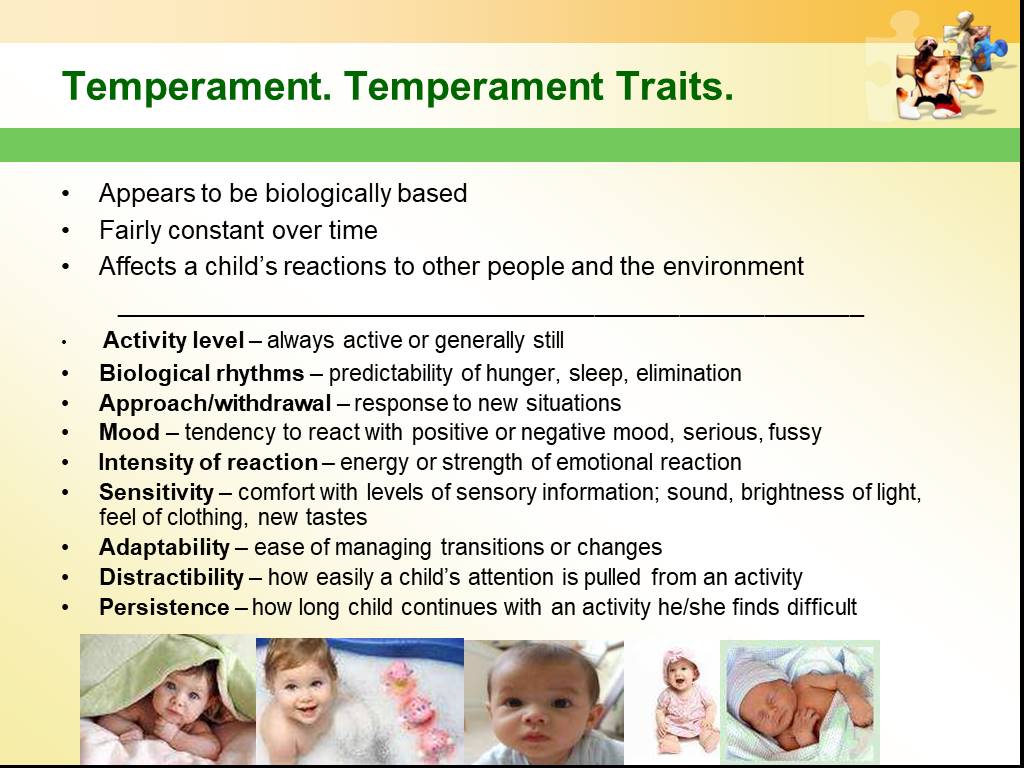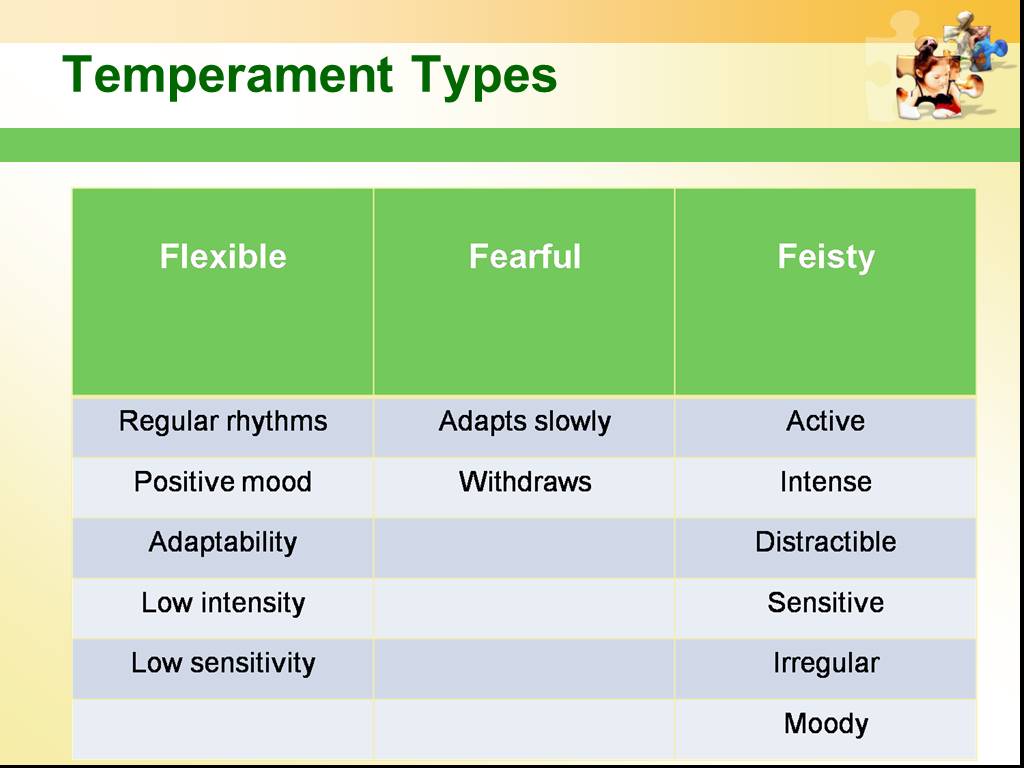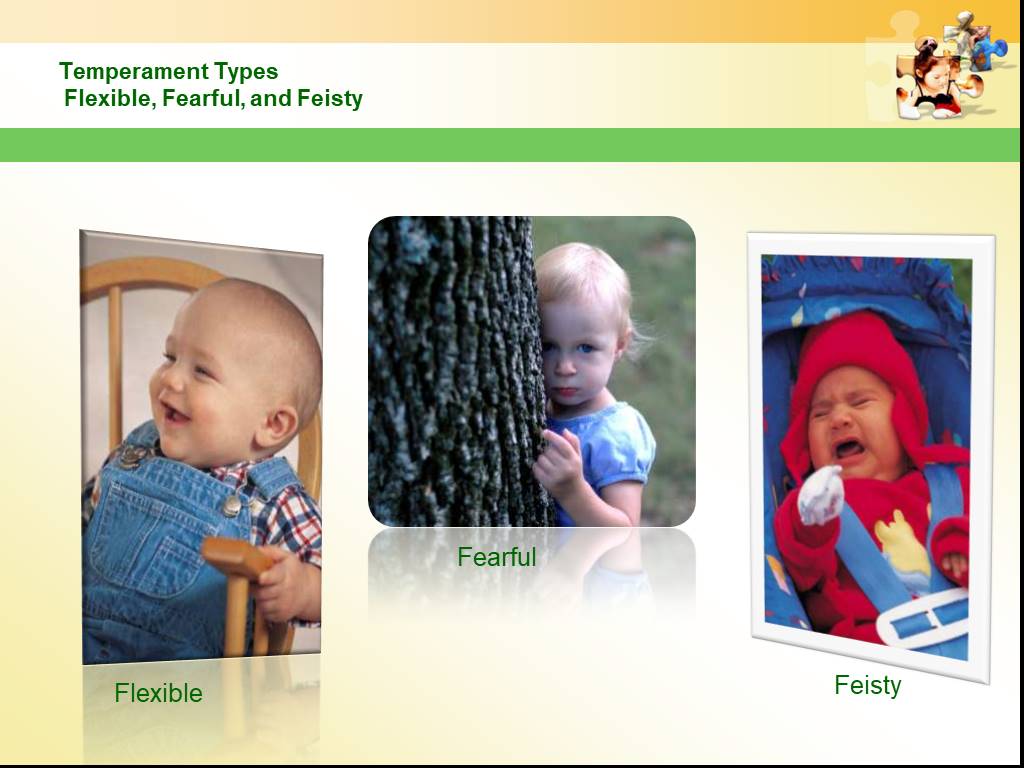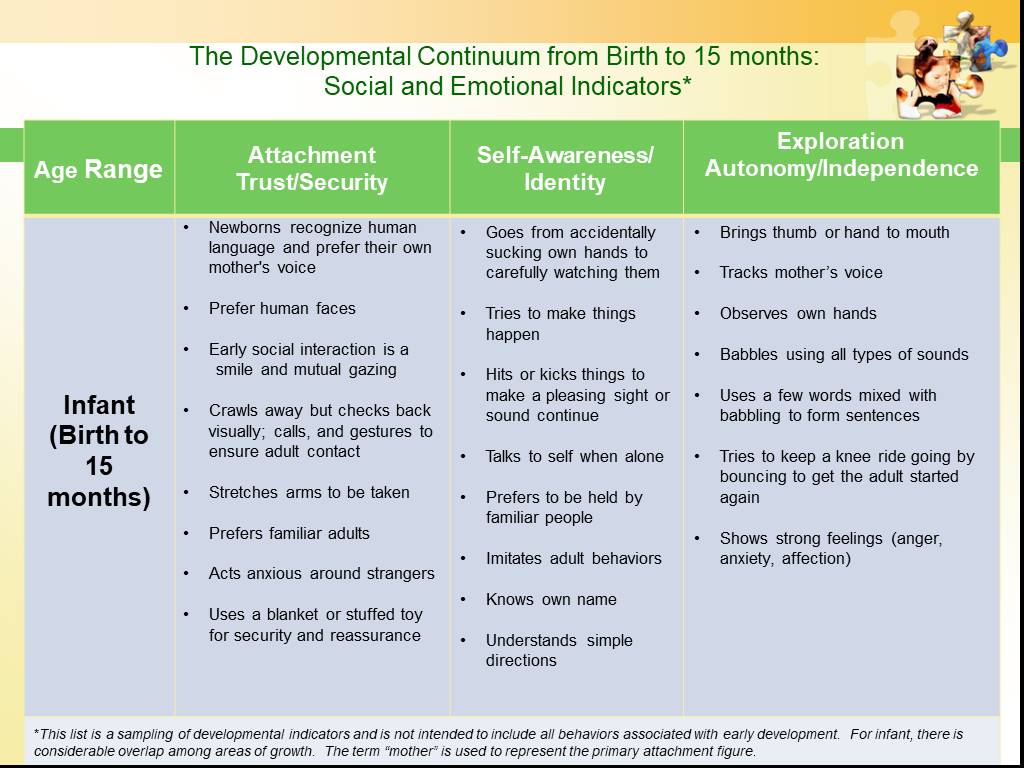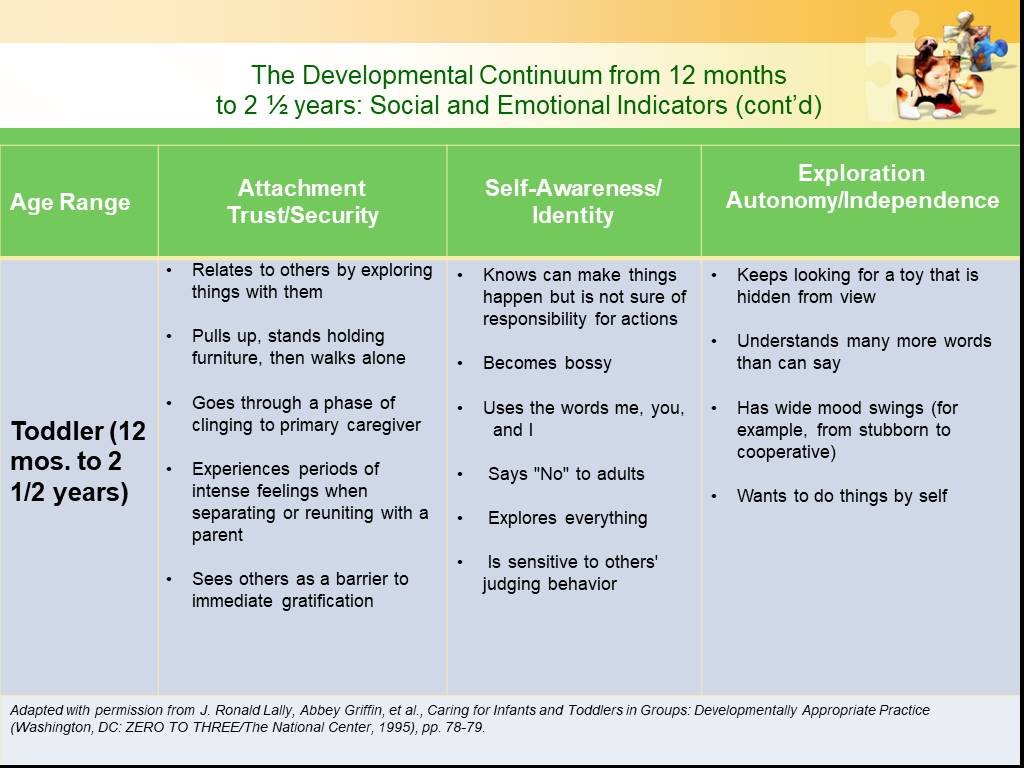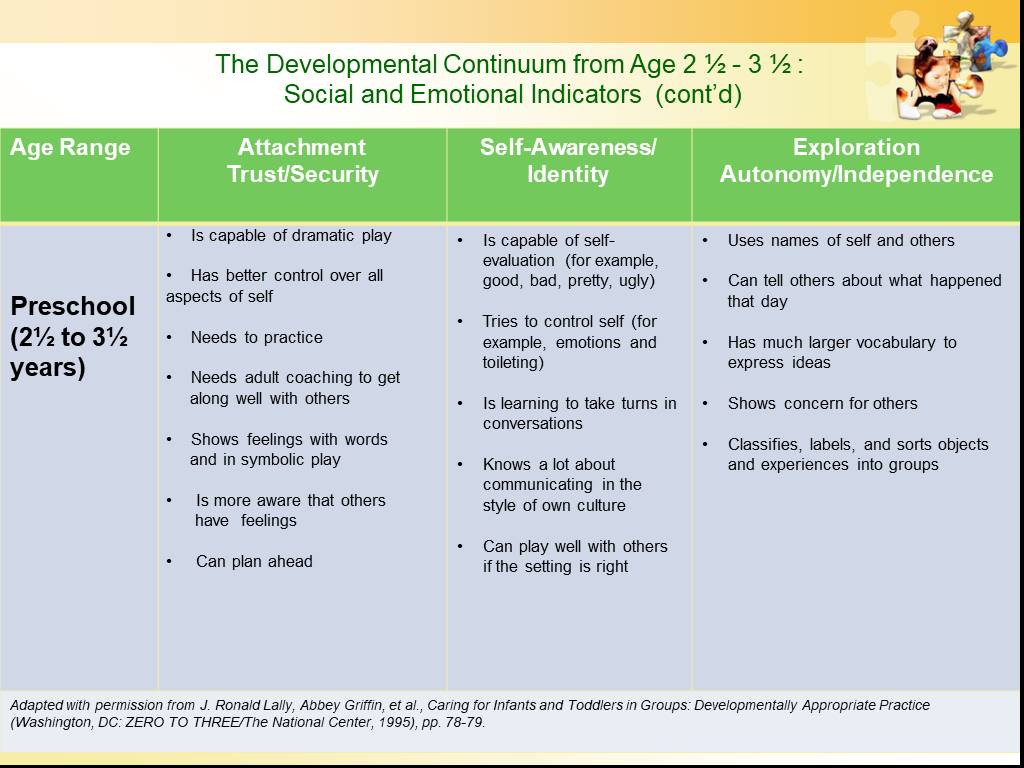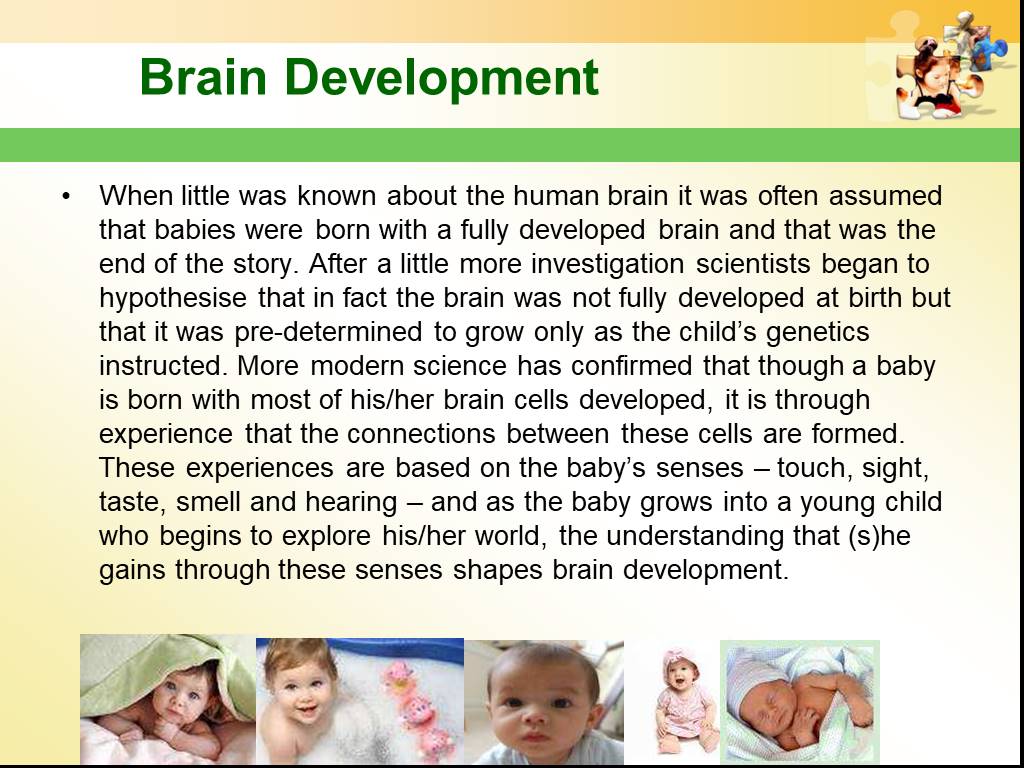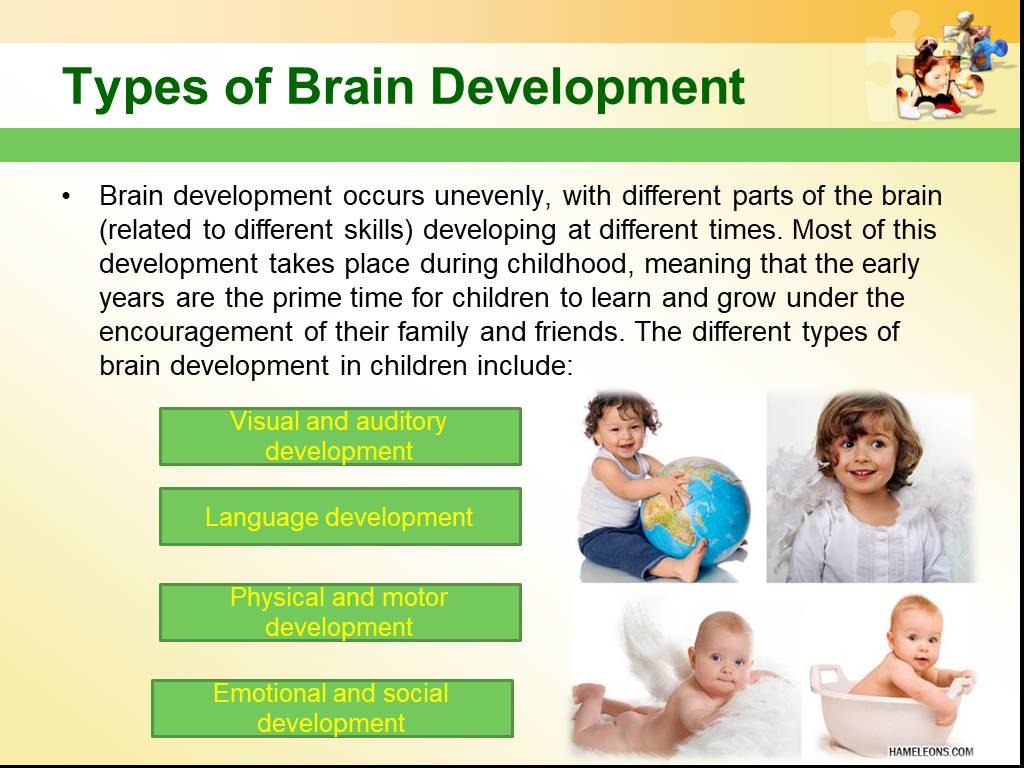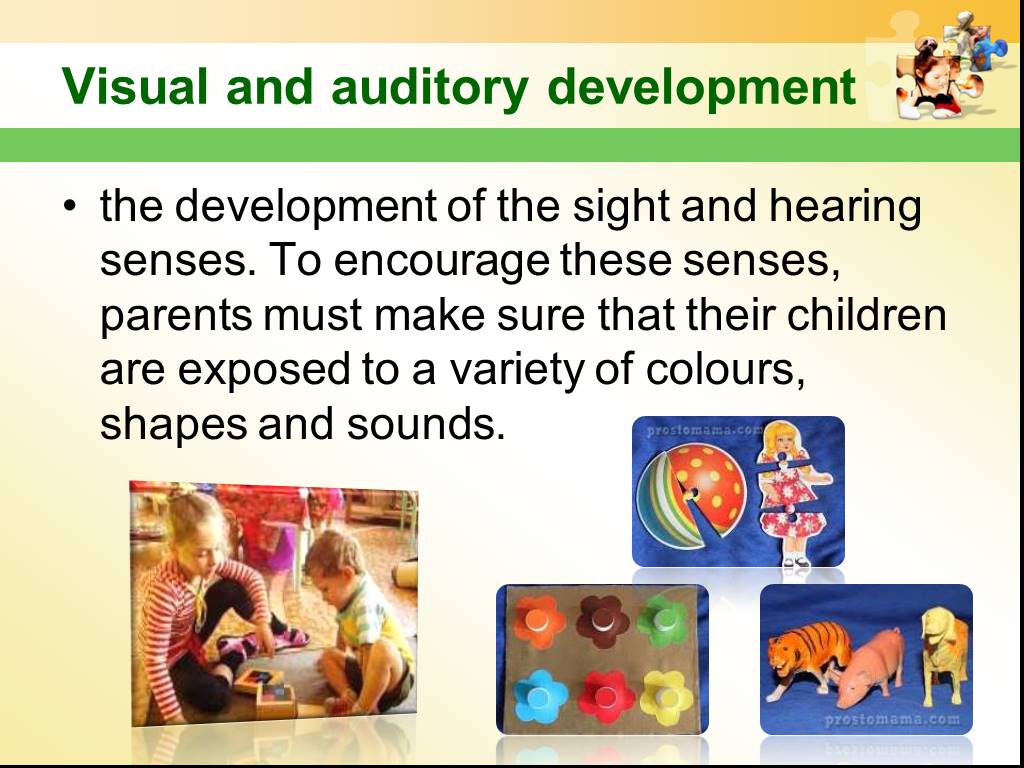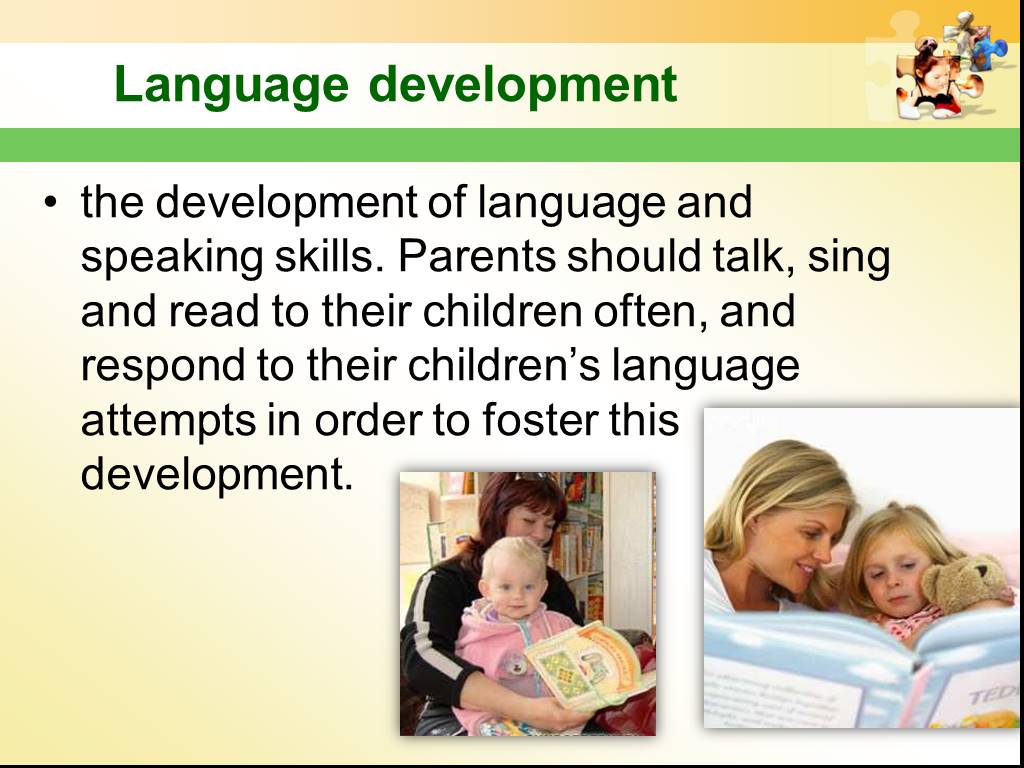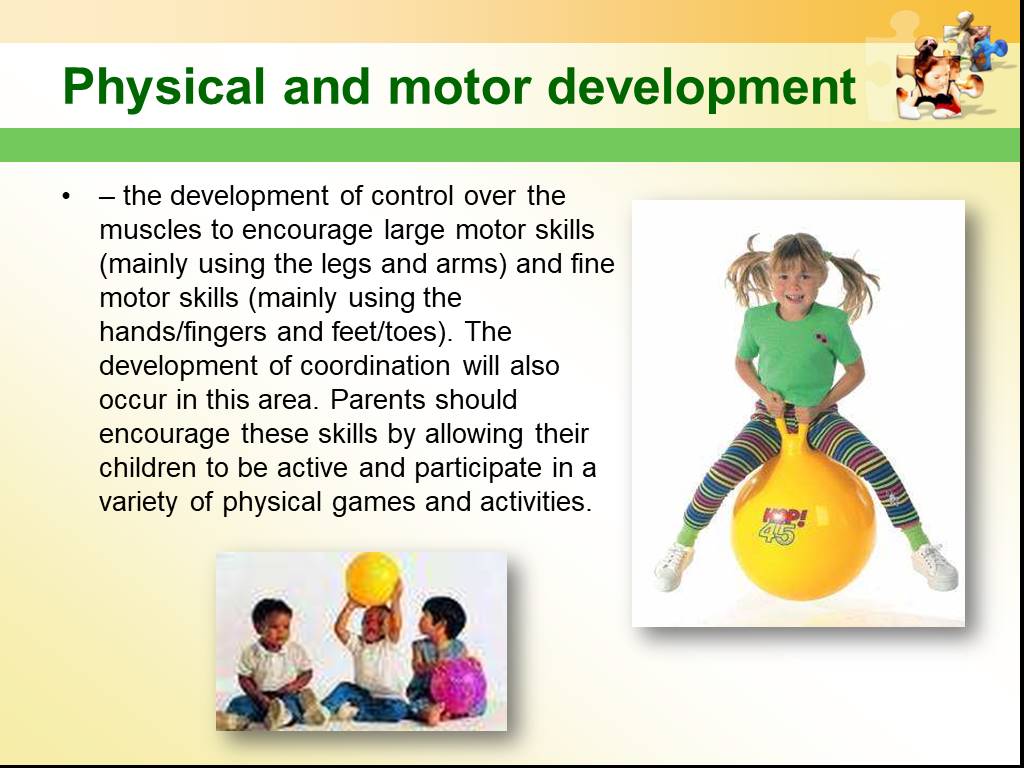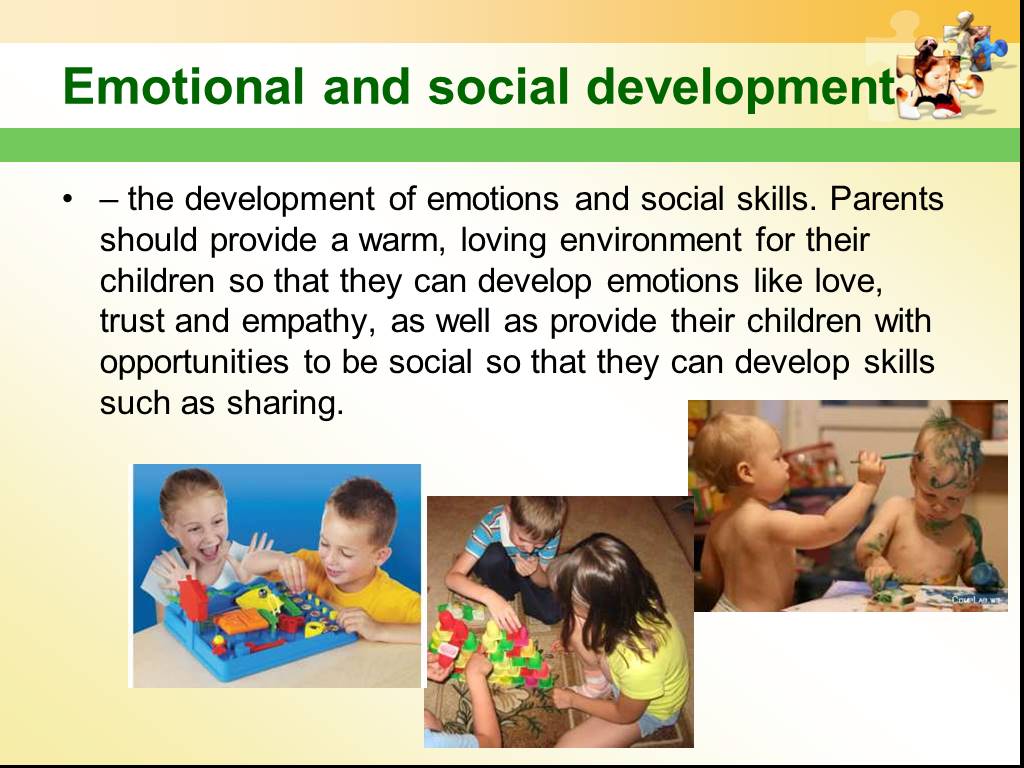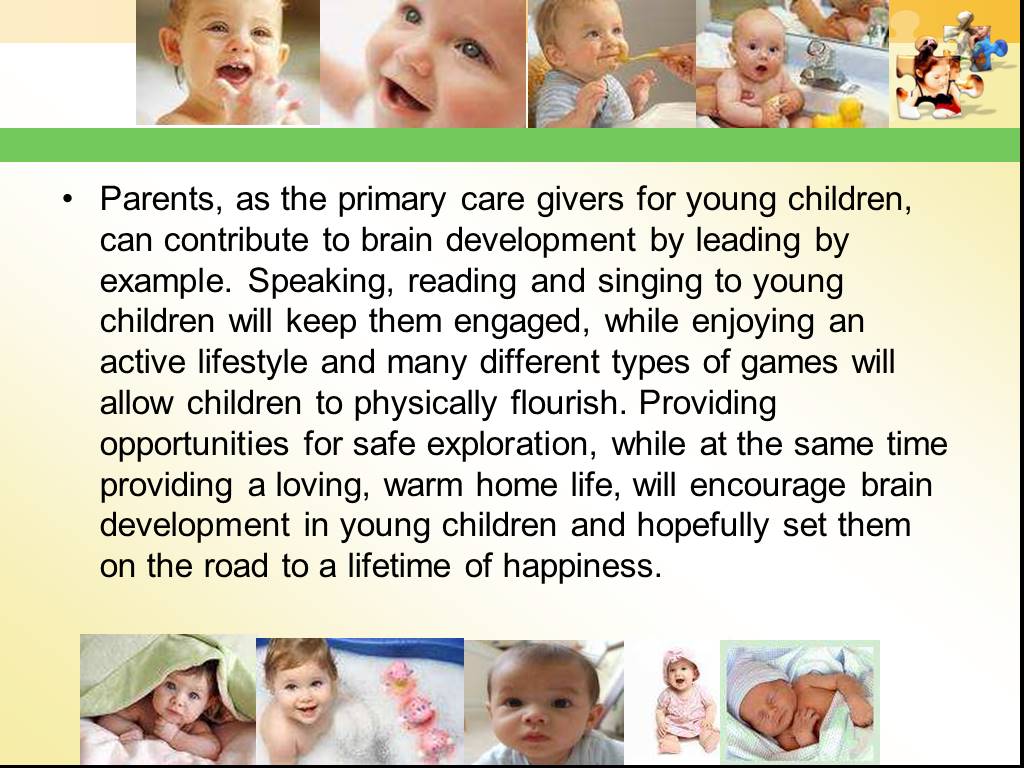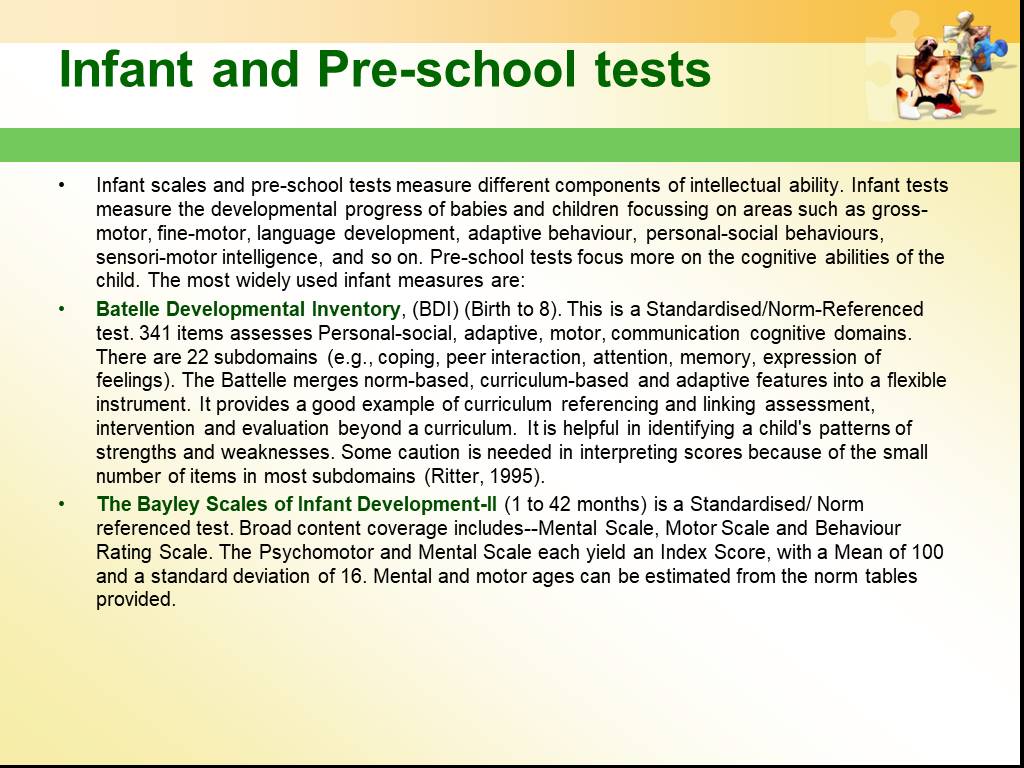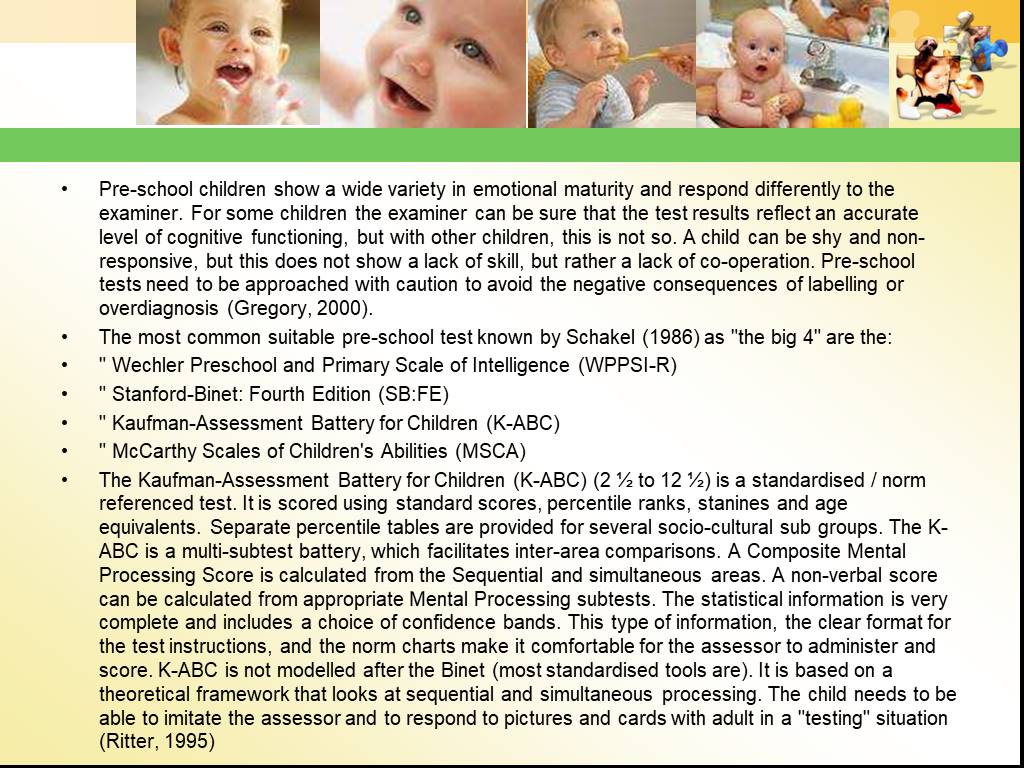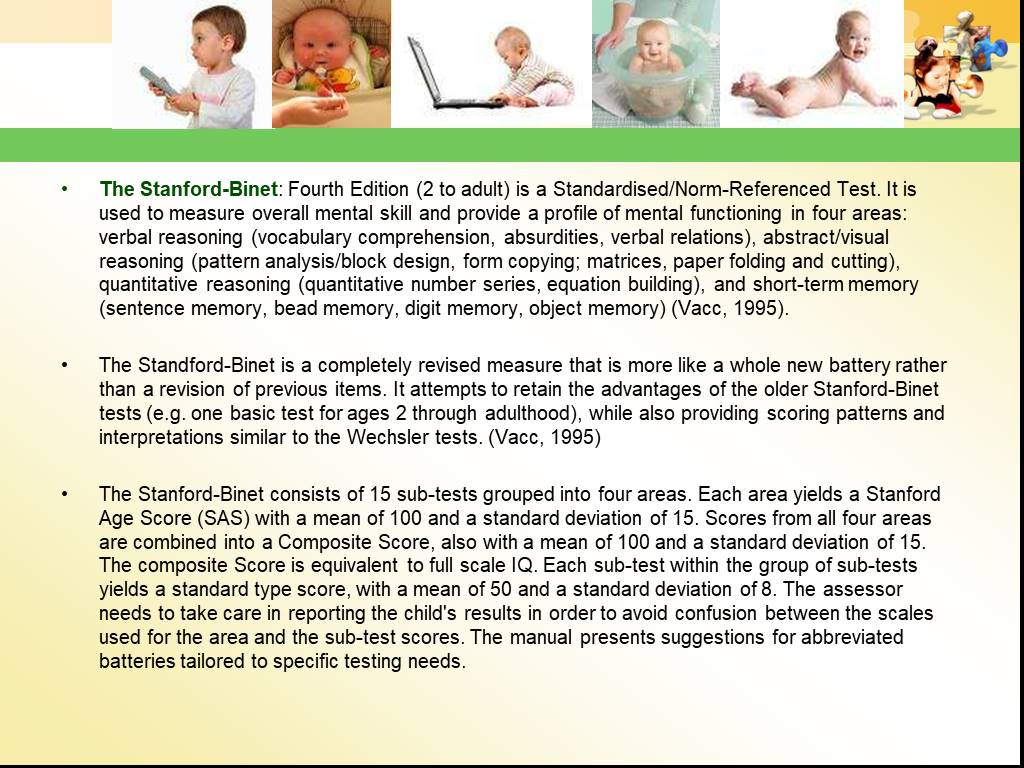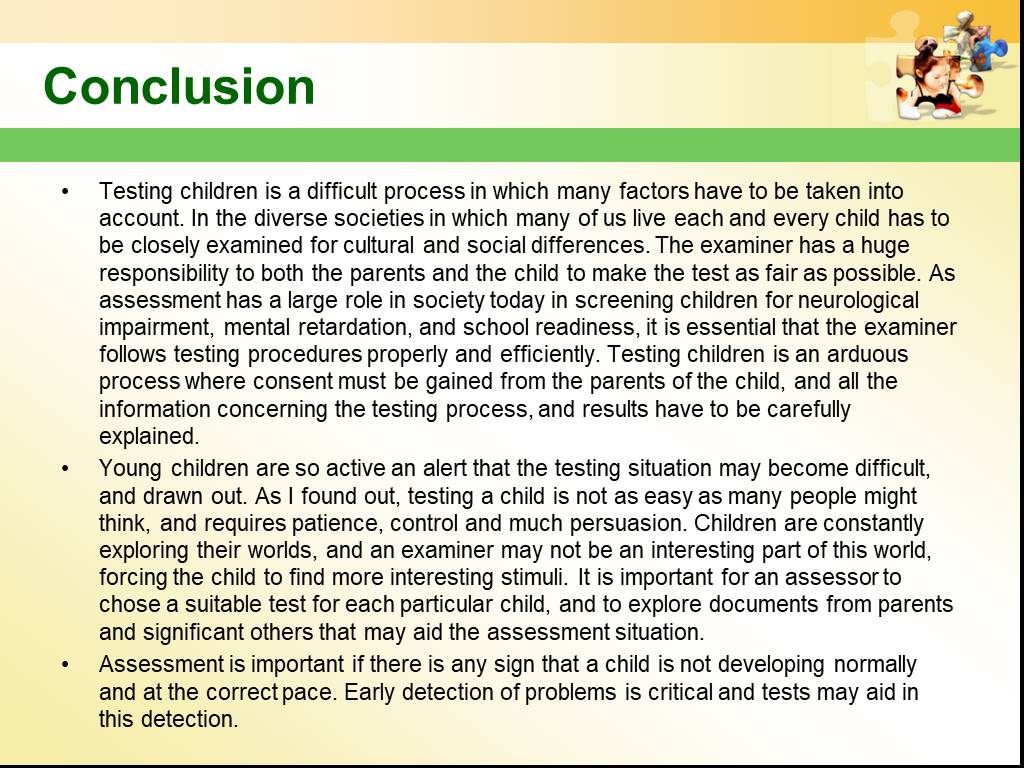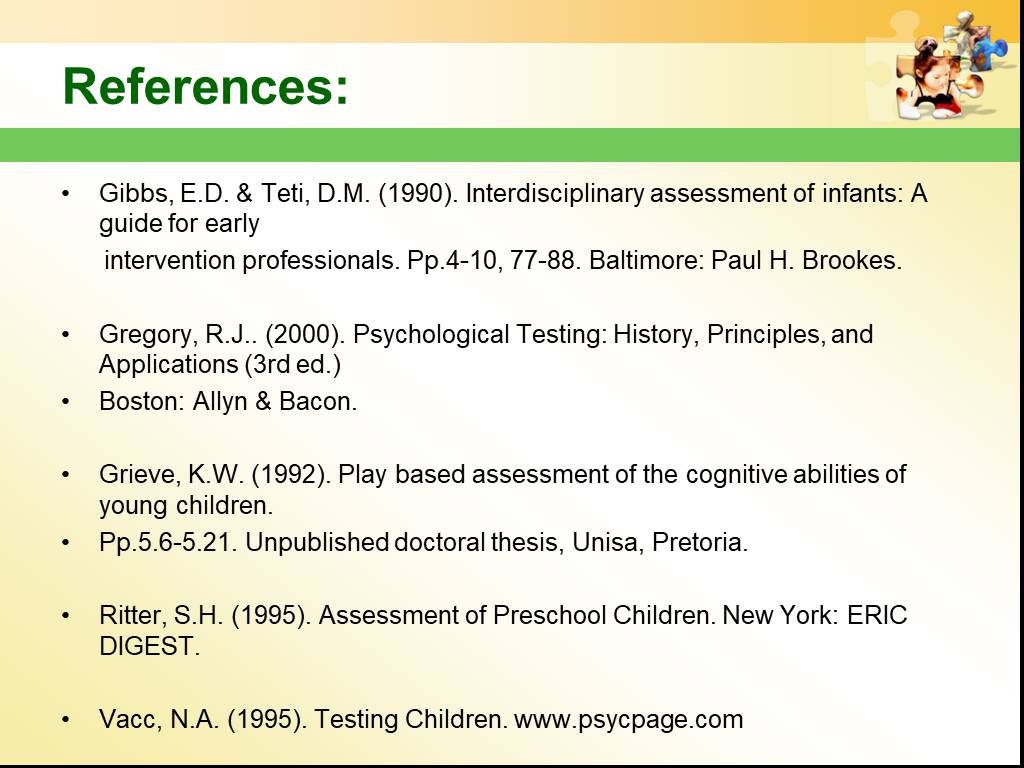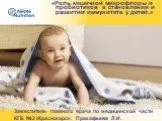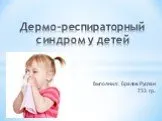Презентация "Оценка развития детей младшего возраста" по медицине – проект, доклад
Презентацию на тему "Оценка развития детей младшего возраста" можно скачать абсолютно бесплатно на нашем сайте. Предмет проекта: Медицина. Красочные слайды и иллюстрации помогут вам заинтересовать своих одноклассников или аудиторию. Для просмотра содержимого воспользуйтесь плеером, или если вы хотите скачать доклад - нажмите на соответствующий текст под плеером. Презентация содержит 30 слайд(ов).
Слайды презентации
Список похожих презентаций
Оценка нервно-психического развития у детей
Степень созревания центральной нервной системы отражается общим уровнем нервно-психического развития. Следовательно, необходима ранняя диагностика ...Лечение пульпита у детей разного возраста
Вопросы:. Методы лечения пульпита, показания. Лечение пульпита временных зубов. Лечение пульпита постоянных зубов. Ошибки и осложнения при диагностике ...Рентгеновская диагностика пороков развития лёгких у детей
Под термином "порок развития", или "аномалия развития", понимают различные отклонения от нормального строения органа, возникающие внутриутробно или ...Особенности развития речи у детей с умственной отсталостью
1. Понятие речи 2. Виды речи 3.Особенности речи у умственно отсталых детей 4. Методы исследования речи. Содержание. Речь — сложившаяся исторически ...Питание и здоровье детей раннего возраста
Способ рождения, Питание и Здоровье. Здоровье ребенка во многом определяется способом рождения и питанием младенца с первых дней жизни, зависит от ...Пороки развития пищевода у детей
Этапы развития детской хирургии в России. Первый этап – госпитальный: открытие хирургических отделений в детских больницах. Второй этап – клинический: ...Особенности функционального развития детей
Начальное звено школы имеет решающее значение в развитии личности человека. Все, что усваивают школьники в этом возрасте, остается на долгие годы. ...Дифференциальная диагностика речевых нарушений у детей дошкольного возраста
Фонематическая дислалия и моторная алалия Анамнез Дети с ЗПР и с ЗРР Основные диагностические параметры Обследование детей Слабослышащие дети с сенсорной ...Пищевая аллергия у детей раннего возраста
Пищевая аллергия. Группа патологических состояний, характеризующаяся патологическим и чрезмерным иммунным ответом на специфические белки пищи, который ...Острые расстройства пищеварения у детей раннего возраста
Острое расстройство пищеварения - острое функциональное расстройство пищеварения, проявляется диареей без значительного нарушения общего состояния. ...Оценка тяжести состояния у детей
Важность адекватной оценки тяжести состояния. Большинство неблагоприятных исходов заболеваний связаны с ошибками диагностики и лечения в первые часы ...Роль кишечной микрофлоры и пробиотиков в становлении и развитии иммунитета у детей
Способ рождения, Питание и Здоровье. Развитие сбалансированной кишечной микрофлоры определяется способом рождения и питанием младенца с первых дней ...Синкопальные состояния у детей и подростков
Синкопальное состояние (синкопе, обморок). Симптом, проявляющийся внезапной, кратковременной потерей сознания и сопровождающийся падением мышечного ...Вскармливание детей
Питание ребенка на первом году жизни называется вскармливанием. Существует три основных вида вскармливания: естественное (натуральное или грудное); ...Влияние стресса на организм человека в зависимости от пола и возраста
Цель работы: Выяснить, как стресс влияет на различные группы людей в зависимости от пола и возраста, и дать рекомендации по снятию стрессового состояния. ...ВИЧ-инфекция у детей
Инфекция вирусом иммунодефицита человека (ВИЧ-инфекция) - вирусное заболевание, при котором происходит прогрессивное разрушение лейкоцитов, что сопровождается ...Выявление аномалий и пороков развития женских половых органов
Эмбриональное развитие половых органов. предпочка (головная почка), первичная почка (вольфово тело) происходит в тесной взаимосвязи с развитием мочевыводящих ...Диагностические критерии функциональной диспепсии у детей
Нерешенные вопросы в отношении диагностики и лечения заболеваний верхних отделов пищеварительного тракта у детей. Отсутствие единой терминологии в ...Анемия у детей
Определение. Анемия – патологическое состояние, сопровождающееся снижением уровня гемоглобина и эритроцитов в единице объема крови Анемия может быть ...Дермо-респираторный синдром у детей
Введение. За последние годы среди детей с аллергическими заболеваниями отмечается тенденция к увеличению числа больных сочетанными формами аллергии. ...Конспекты
Этапы развития жизни на Земле
Муниципальное общеобразовательное учреждение. . средняя общеобразовательная школа №2. муниципального образования Успенский район Краснодарского ...Размножение насекомых. Типы развития насекомых
Урок по теме: "Размножение насекомых. Типы развития насекомых"7 класс. Задачи урока:. закрепление классификационных признаков представителей класса ...Условия развития познавательной активности школьников на уроках биологии
. РЕФЕРАТ. ТЕМА: Условия развития познавательной активности школьников на уроках биологии. Выполнил: Захаров ...Предупреждение искривления позвоночника и развития плоскостопия
ГБС(К)ОУ школа –интернат № 7восьмого вида станицы Казанской. Краснодарского края. Конспект урока по биологии на тему "Предупреждение искривления. ...Происхождение и начальные этапы развития жизни на Земле ОПРЕДЕЛЕНИЕ ЖИЗНИ. ОСНОВНЫЕ СВОЙСТВА ЖИВЫХ ОРГАНИЗМОВ. УРОВНИ ОРГАНИЗАЦИИ ЖИЗНИ
Урок № 1. Тема урока: Глава 1. Происхождение и начальные этапы. развития жизни на Земле. ОПРЕДЕЛЕНИЕ ЖИЗНИ. ОСНОВНЫЕ СВОЙСТВА ЖИВЫХ ОРГАНИЗМОВ. ...Перспективы развития, социально-этические проблемы молекулярной генетики и генной инженерии
Урок-дискуссия на тему:. Перспективы развития, социально-этические проблемы. . молекулярной генетики и генной инженерии. . . 11-й класс. Удачкина ...Питательные вещества и их значение для роста и развития организма
Тема: «Питательные вещества и их значение для роста и развития организма». Цели: дать общее представление о питательных веществах и продуктах, ...Особенности строения, цикл развития и распространение зеленого мха
Открытый урок. Тема:. «Особенности строения, цикл развития и распространение зеленого мха». . Цель урока:. . сформировать представление ...Первоначальные и современные представления о происхождении жизни. Начальные этапы развития жизни
Конспект, рассчитанный на 2 урока по биологии в 9 классе. Жилевская Инна Владимировна. ,. . учитель биологии. . первой категории. КГУ «Средняя ...Наш край в XXI веке: проблемы роста и развития
Управление образования Луховицкого района. . Московской области. . . МОУ Гимназия № 10. Конспект занятия по теме:. «. Наш ...Советы как сделать хороший доклад презентации или проекта
- Постарайтесь вовлечь аудиторию в рассказ, настройте взаимодействие с аудиторией с помощью наводящих вопросов, игровой части, не бойтесь пошутить и искренне улыбнуться (где это уместно).
- Старайтесь объяснять слайд своими словами, добавлять дополнительные интересные факты, не нужно просто читать информацию со слайдов, ее аудитория может прочитать и сама.
- Не нужно перегружать слайды Вашего проекта текстовыми блоками, больше иллюстраций и минимум текста позволят лучше донести информацию и привлечь внимание. На слайде должна быть только ключевая информация, остальное лучше рассказать слушателям устно.
- Текст должен быть хорошо читаемым, иначе аудитория не сможет увидеть подаваемую информацию, будет сильно отвлекаться от рассказа, пытаясь хоть что-то разобрать, или вовсе утратит весь интерес. Для этого нужно правильно подобрать шрифт, учитывая, где и как будет происходить трансляция презентации, а также правильно подобрать сочетание фона и текста.
- Важно провести репетицию Вашего доклада, продумать, как Вы поздороваетесь с аудиторией, что скажете первым, как закончите презентацию. Все приходит с опытом.
- Правильно подберите наряд, т.к. одежда докладчика также играет большую роль в восприятии его выступления.
- Старайтесь говорить уверенно, плавно и связно.
- Старайтесь получить удовольствие от выступления, тогда Вы сможете быть более непринужденным и будете меньше волноваться.
Информация о презентации
Дата добавления:14 января 2019
Категория:Медицина
Содержит:30 слайд(ов)
Поделись с друзьями:
Скачать презентацию








